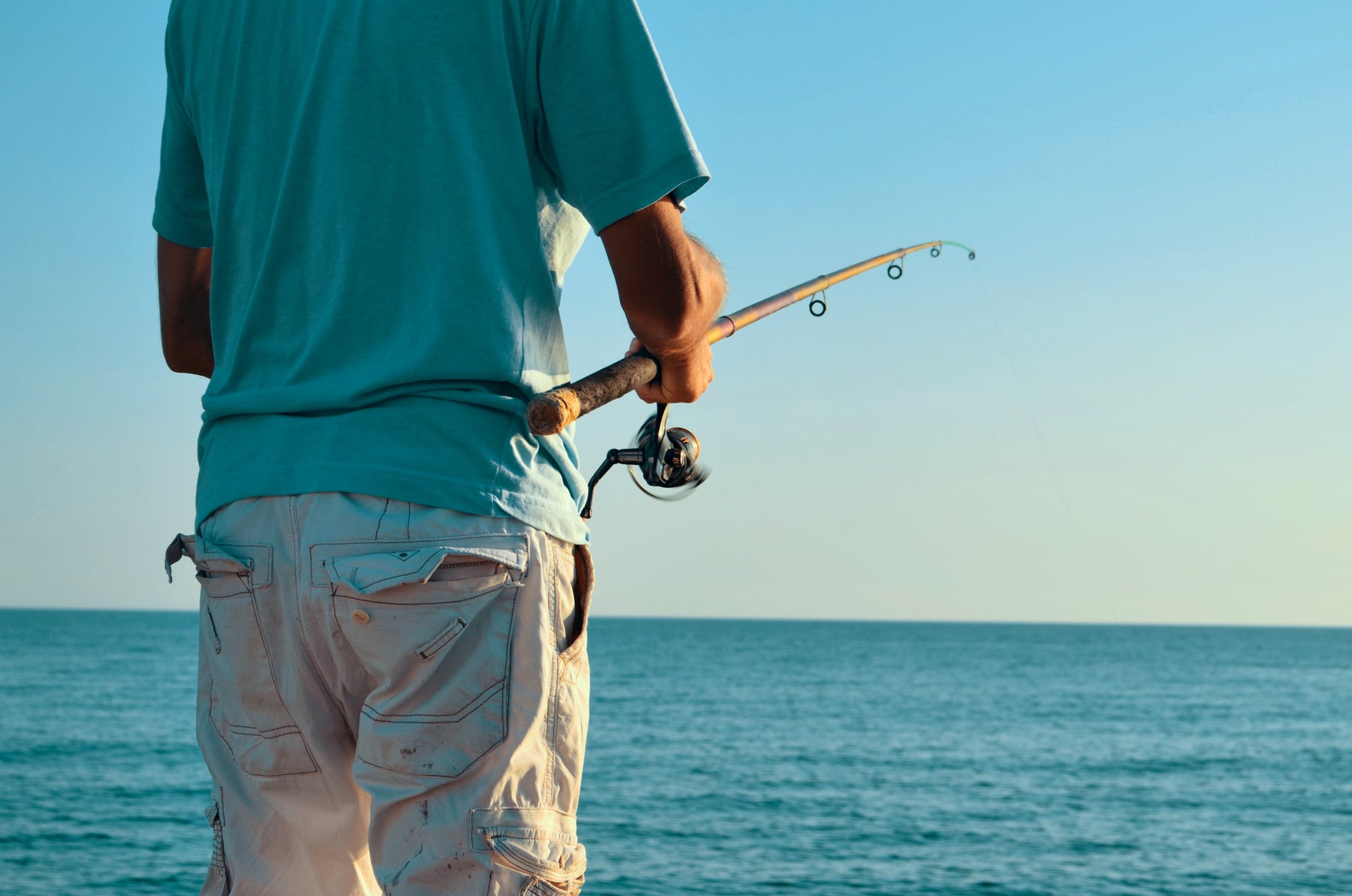
Childhood Flounderings and How to Catch Them
One of my earliest fishing memories is of catching a big flounder off a handline in the local waterway.
I sat with my friend and his father who took us early one weekend to try our hand at catching some breaky. A few nibbles here and there to get our young hearts racing but finally, we were told to pack it up and head home. But by the time I gathered my line and wound it all in there at the end was a big ol’ flounder flapping away like a flammin’ kite. We were pumped! We were men. Hell, we were kings! We had reached into the forbidding sea and taken what we wanted.
Exactly how I caught that fish is still a mystery. Not in the mystical sense mind you. Just a bloody mystery as to how I was so oblivious to this large fish struggling away in the waters beneath me. Ironically, I was not even interested in eating fish. It was actually something I disliked. My experience of eating fish was limited to Bird’s Eye Fish Fingers. But I have never in all my years forgotten the smell of that flounder frying in the pan back home. I will never forget how the sweet white meat melted in my mouth.
Why aren’t more people getting out there and catching flounder?
Identification:
The allurement of the flounder to me, apart from its oh so good eatability, is its beautiful ugliness. As a flatfish, it is round, mottled versions of green and brown and has two eyes on one side of its head. In appearance alone, It is pretty much the monster of the shallows.
Habitat:
Though they can be caught in deep channels and holes, Flounder prefer sheltered estuaries and bays where salt levels are lower. Their favourite haunts are a mixture of sandy and silty flats close to weed beds. In Catholic boarding school fashion, males and females live separately - the lads risking slightly deeper waters (10-25m) while the girls camp out in the shallows.
Feeding:
Young flounder feed during the day but adults feed at night on a rising tide. They eat small crustaceans like krill and prawns or marine worms.
Recommended Baits, Lures and Rigs:
Flounder love prawns, blood worms and small baitfish. As is most often the case, the fresher the better.
Try a lightweight rig of No. 00 - 2 ball sinkers with small No.4 - 1/0, like this. Hooks will depend on your bait size.
If you can’t stand stinky bait hands then try a small soft plastic like this.
As flounder are often caught when fishing for other bottom-dwelling species - if in doubt go with your favourite flathead rig and you might get lucky.
Recommended Tackle:
Simply put - go light. Light rod, light line. Or let loose the old handline that everyone seems to have but no one uses.
Time and Tides:
Best to avoid daytime. Wet your line on the incoming or full tide.
Bag and Size Limits:
25cm size limit with a bag limit of 20.
Strange But True:
Flounder are not born with eyes on the same side of its head. The left eye migrates to join the right eye about 2 months after it’s hatched. Creepy!
The bag limit and size limit makes hunting our ugly beloved flounder a great option for kids. So go on, just think of the memories that could be made - better than fish fingers.


